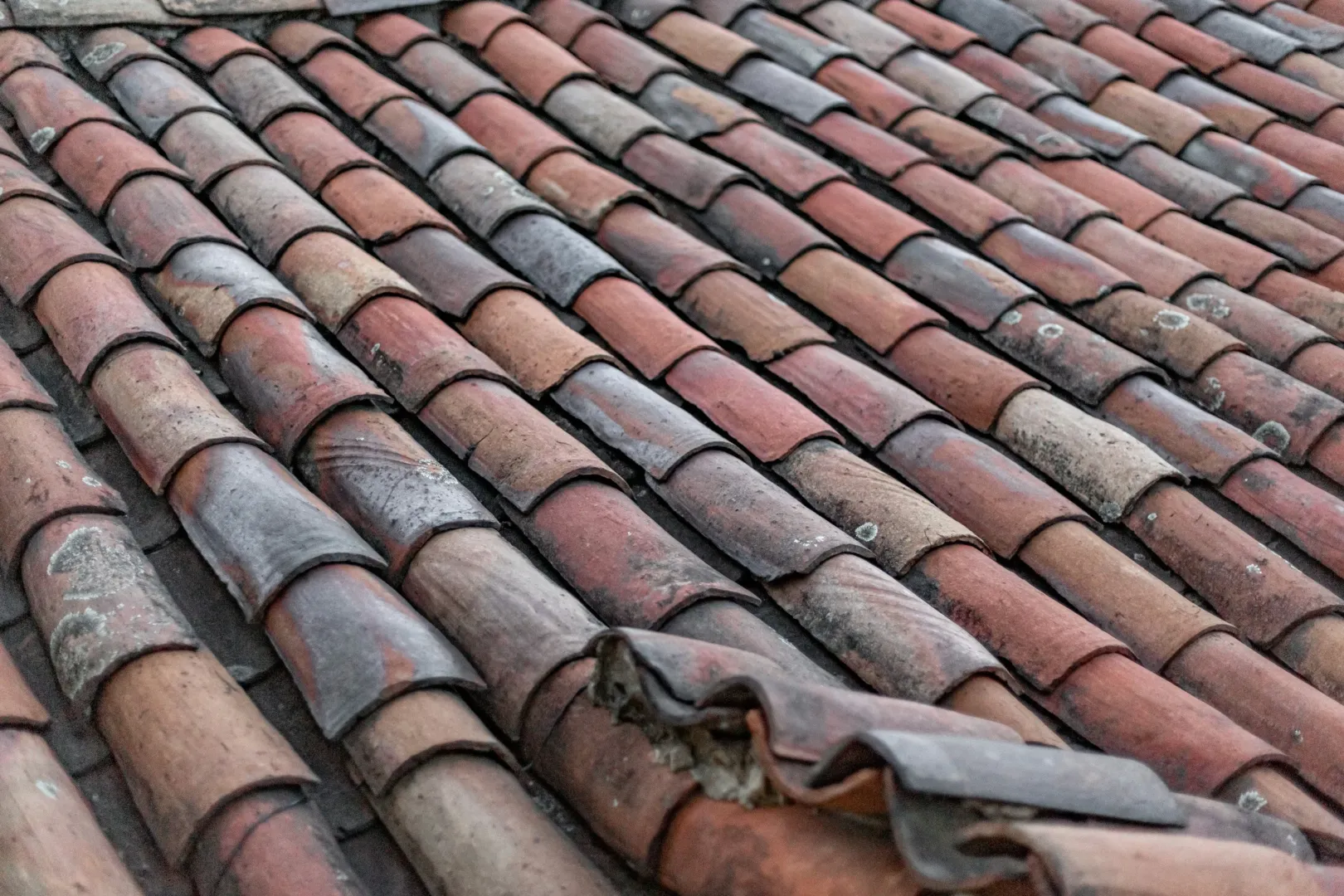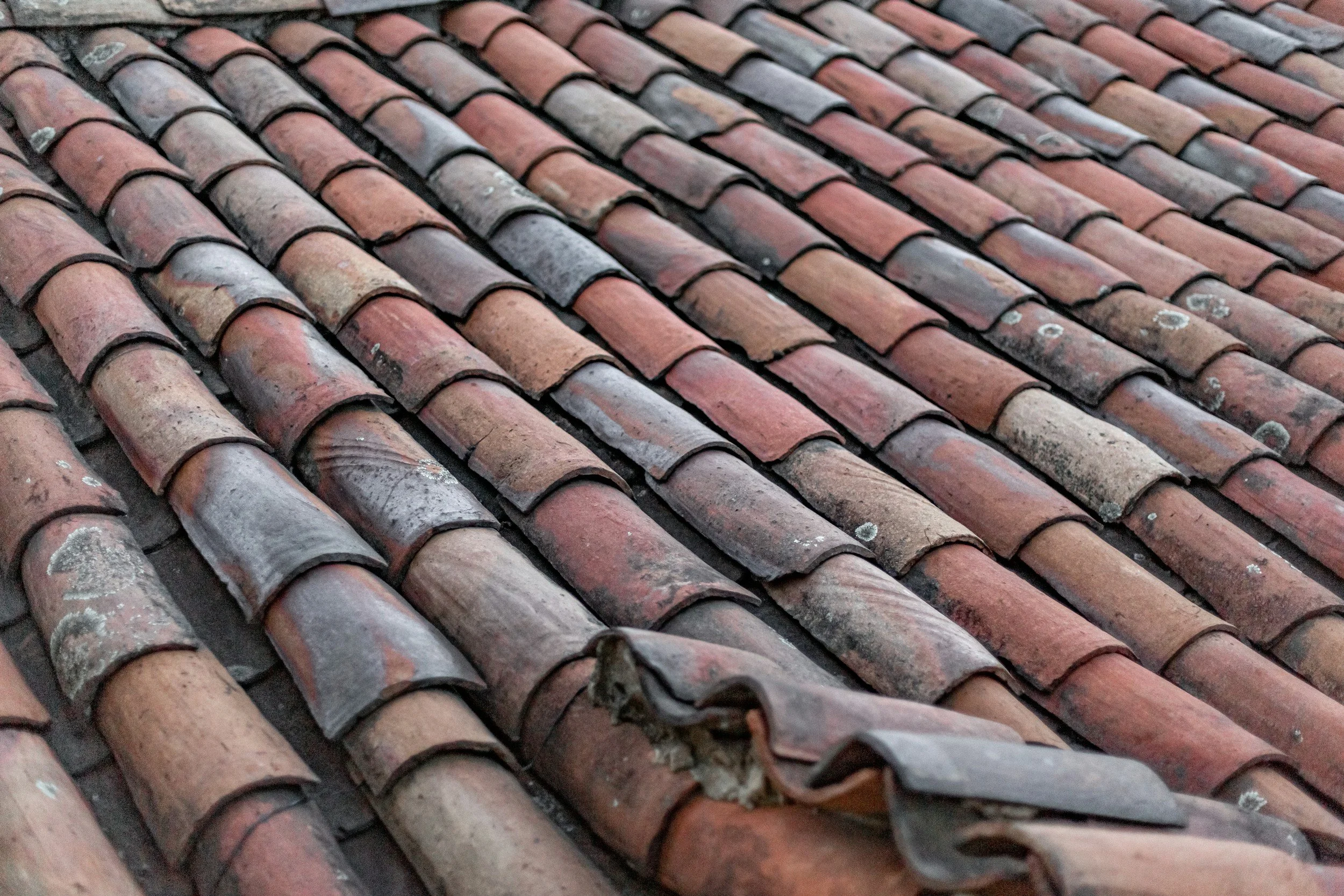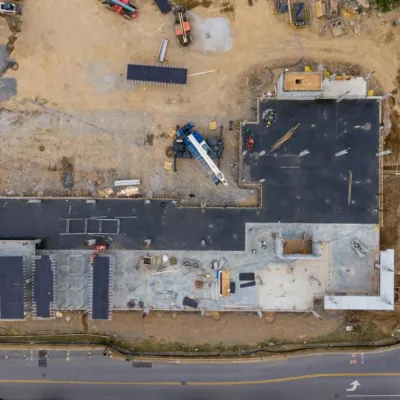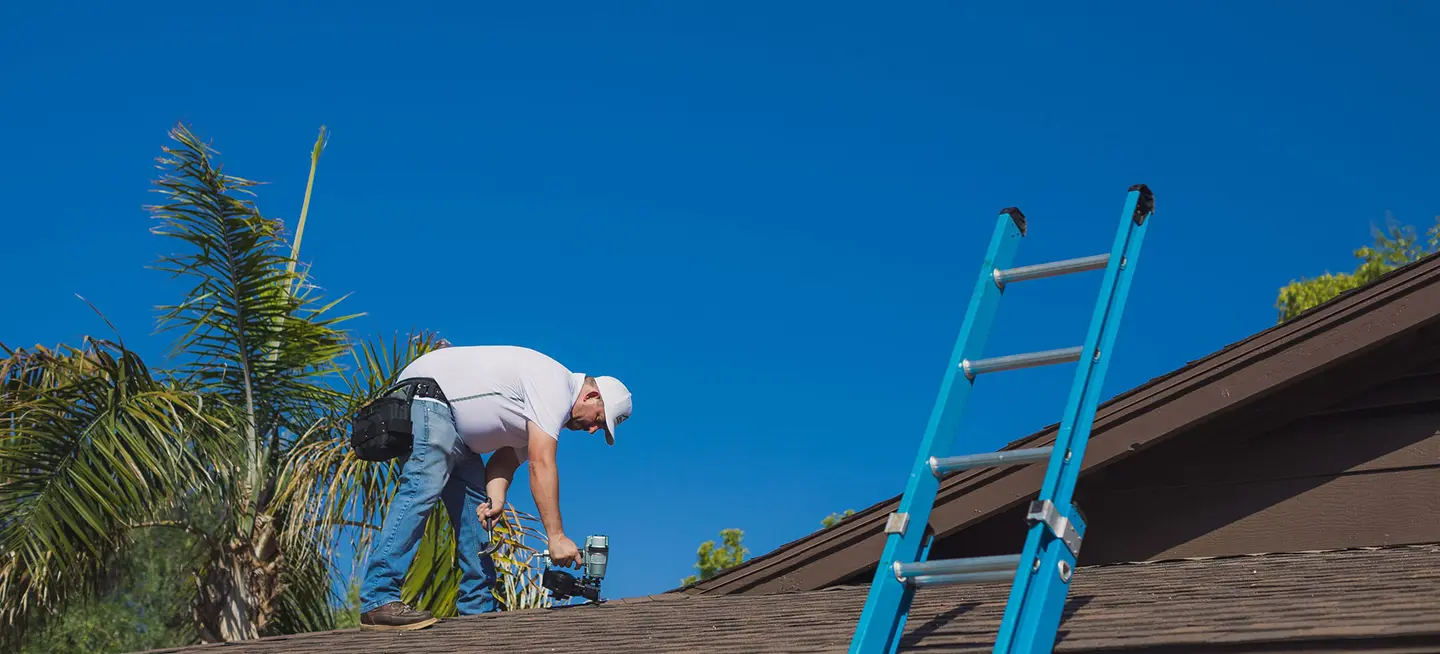
Reasons TPO Roofing is a Popular Choice for Commercial Buildings
Professional commercial roofing contractors recognize numerous advantages that make TPO an excellent option for modern construction and renovation projects.


Tile roofs, lasting 50-100 years for clay and 40-75 years for concrete, require regular inspections as they age. Professional assessment helps determine when replacement is necessary.
Tile roofs are renowned for their beauty, durability, and remarkable longevity. With proper care, clay tile roofs can last 50 to 100 years, and concrete tile roofs typically provide 40 to 75 years of reliable protection. However, even the most robust tile roofs may eventually need attention and, at some point, replacement. As professional roofing specialists, we know that timely assessment and intervention are crucial to maintaining your home’s structural integrity and value.
Understanding how often a tile roof needs to be replaced, what signs to watch for, and the role of underlayment can help you make informed decisions about your home’s maintenance and protect your investment for decades to come.
The life of a tile roof depends on different factors, including the type of tile, install quality, climate, and maintenance. Clay tiles, with their dense composition and natural resistance to the elements, often last from 50 to 100 years. Concrete tiles, while slightly less long-lived, still offer an impressive duration of 40 to 75 years.
However, these numbers are averages. Severe weather, poor installation, or neglect can shorten a tile roof’s life, while regular inspections and prompt repairs can extend it. As your roof approaches the end of its expected lifespan, it’s wise to increase the frequency of professional inspections to catch any emerging issues early.
While tile roofs are celebrated for their longevity, they are not immune to aging and damage. Eventually, every tile roof may need to be replaced, especially if you notice certain warning signs. The good news is that many problems can be addressed with repairs if caught early, but widespread or recurring issues often indicate that a full replacement is the most cost-effective and reliable solution.
Concrete tile roofs are popular for their strength and affordability, but they do have a slightly shorter lifespan than clay tiles. Most concrete tile roofs may need replacement after 40 to 75 years, depending on local climate and maintenance. If your concrete tile roof is nearing this age range or showing signs of significant wear, it’s time to consider a professional evaluation.
One of the most visible signs of trouble is cracked or broken tiles. While it’s normal for a few tiles to become damaged over time—perhaps from hail, falling branches, or foot traffic—widespread cracking or breakage is a red flag. Damaged tiles allow water to penetrate the roof system, potentially causing leaks and structural damage.
In many cases, specific tiles can be replaced, but if damage is extensive or recurring, a full roof replacement may be more practical and cost-effective.
A sagging roof deck is a serious concern that requires immediate professional attention. Sagging often results from water damage to the underlying structure or prolonged exposure to excessive weight, such as heavy snow or accumulated debris. If you notice any areas of your roof that appear to dip or sag, contact a roofing expert right away. In most cases, significant sagging may necessitate a complete roof replacement to restore safety and stability.
Water stains inside your home—on ceilings or walls—are a clear indication that your roof is no longer keeping moisture out. In tile roofs, leaks can result from cracked tiles, deteriorated underlayment, or faulty flashing around chimneys and vents. While minor leaks can sometimes be fixed, persistent or widespread water stains often signal that the roof has reached the end of its useful life and should be replaced.
While granule loss is most commonly associated with asphalt shingles, it can also occur with concrete or clay tile roofs. Over time, the surface of the tiles may begin to erode, shedding small particles that collect in your gutters. This erosion weakens the tiles and reduces their ability to protect your home from water and UV rays. If you notice a notable buildup of granules in your gutters, it’s a sign that your tiles are deteriorating and may need replacement.
Even if your tile roof appears to be in good condition, age is an important factor. As tile roofs approach or exceed their expected lifespan—50 to 100 years for clay and 40 to 75 years for concrete—it’s wise to schedule more frequent inspections. An experienced roofing professional can assess the overall condition of your roof and recommend whether replacement is necessary, even if no obvious problems are visible.
The underlayment is a major component of any tile roof. It acts as a waterproof barrier beneath the tiles, protecting your home from leaks. Unfortunately, underlayment typically has a shorter lifespan than the tiles themselves—often 20 to 30 years, depending on the material and climate.
Over time, underlayment can crack, dry out, or become brittle, especially in areas with high temperature fluctuations or high humidity. When underlayment fails, leaks can occur even if the tiles themselves look fine. Signs of underlayment problems include unexplained leaks, visible sagging between rafters from inside the attic, or water stains that persist despite replacing damaged tiles.
This process is a significant but necessary project when leaks or deterioration are detected. The process involves carefully removing the existing tiles, replacing the old underlayment with a new, high-quality waterproof barrier, and then reinstalling the original tiles (or replacing damaged ones as needed).
This approach allows homeowners to preserve the aesthetic and value of their tile roof while addressing the most common cause of leaks and water damage. In many cases, the tiles themselves can be reused if they are still in good condition, making underlayment replacement a cost-effective alternative to a full roof replacement.
As mentioned, underlayment generally lasts 20 to 30 years—much less than the tiles above it. For this reason, many homeowners with older tile roofs opt to replace the underlayment once or twice during the roof’s lifespan. Regular professional inspections are key to identifying underlayment issues before they lead to more serious problems.
Deciding whether to repair or replace a tile roof depends on how widespread the damage is. Isolated issues, such as a few broken tiles or minor flashing problems, can often be repaired without replacing the entire roof. However, if you’re dealing with widespread tile damage, recurring leaks, sagging, or deteriorated underlayment, replacement is usually the best long-term solution.
A professional roofing contractor can offer a detailed assessment and recommend the most cost-effective and durable option for your home.
If you’re considering upgrading from a shingle roof to a tile roof, you’re making a wise investment in both durability and curb appeal. However, it’s important to note that tile roofs are much heavier than asphalt shingles. Your home’s structure may need reinforcement to support the additional weight, and the installation process is more complex.
Professional roofing contractors can evaluate your home’s framing, recommend any necessary upgrades, and confirm your new tile roof is built to the highest standards for safety and longevity.
Tile roofing is a specialized field that requires expertise in both materials and installation techniques. Improper installation or neglecting underlayment issues can lead to costly repairs and premature roof failure. That’s why it’s essential to work with experienced, licensed roofing professionals who understand the unique needs of tile roofs.
Regular inspections by a qualified expert can help you catch problems early, extend the life of your roof, and protect your home from water damage and structural issues.
Tile roofs are an excellent choice for homeowners seeking beauty, longevity, and lasting protection. While they require less frequent replacement than many other roofing materials, regular inspections and timely maintenance are essential for maximizing their lifespan.
If your tile roof is showing signs of age, damage, or underlayment deterioration, don’t wait for small problems to become major headaches. Schedule a professional inspection to determine whether repairs or replacements are necessary. With the right care and expertise, your tile roof can continue to protect your home for generations to come.
Irish Roofing Company provides Scottsdale with residential tile roof installation and replacement, shingle roof installation and replacement, metal roof installation and replacement, roof repair, roofing maintenance, and roof inspection services. Count on our uniformed, knowledgeable, and experienced roofers for high-quality roofing solutions.

Professional commercial roofing contractors recognize numerous advantages that make TPO an excellent option for modern construction and renovation projects.

Commercial roofing experts utilize specialized formulations designed for maximum durability in demanding conditions.

Composed of specialized materials designed to protect and enhance roofing systems, these coatings create a seamless, protective layer across roofing surfaces.

We offer solutions for every roof and budget. Call today for a quote. Whether it’s a roof installation, roof repair, or roof maintenance, our team is ready to help.
"*" indicates required fields